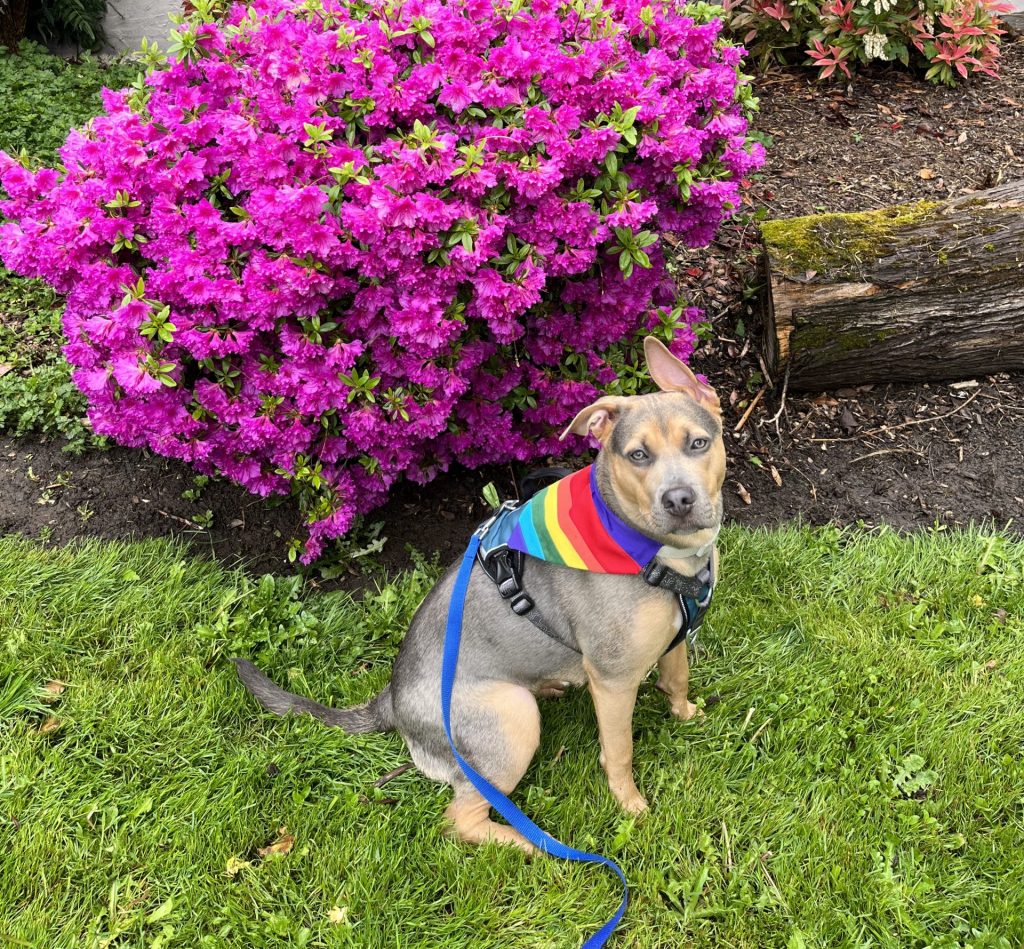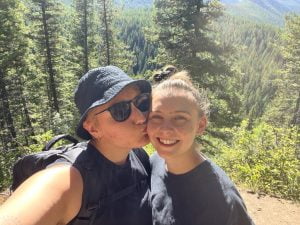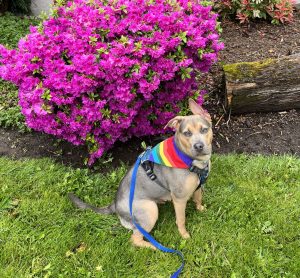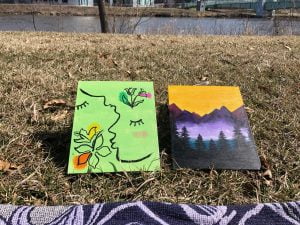Bisexuals often face unique challenges in mainstream society and within the LGBTQ+ community. These challenges may be rooted in biphobia – a form of discrimination or prejudice directed specifically at bisexual people. Although there has been an increase in awareness and acceptance of LGBTQ+ identities as a whole, biphobia continues to persist in both cis-het and queer spaces. This may present itself through unhelpful stereotypes, bi erasure, and exclusion in certain spaces. Bisexual visibility is important and there are ways to create a more inclusive environment for folks.
Understanding Biphobia
Biphobia tends to present itself through people’s personal perspectives and opinions on what being bisexual means. Some misconceptions about bisexuals is that they are indecisive, attention-seeking, or overly sexual. It can really hurt when your identity is reduced to “this is what I’ve heard about people like you.” Harmful narratives and assumptions are invalidating of bisexual people’s identities and are solely stereotypes – not actually who they are as people. People are more than who you think they are!
Bisexuals often face skepticism and/or invalidation from both heterosexual and queer communities, which can lead to feelings of invisibility, isolation, and bi erasure. Especially for those who are coming to terms with their sexuality, this can be a very difficult time as you may feel like you don’t belong.
Importance of Bisexual Visibility
Bisexual visibility is important for affirming the validity of bisexual identities. Visibility allows bisexual individuals to feel seen and heard, breaking down stereotypes and misconceptions surrounding bisexuality. Visibility is suicide prevention. This necessary action helps us feel connected to ourselves and the people around us. Connection challenges depression, loneliness, and feelings of worthlessness. Everyone wants to be someone, because everyone IS someone.
Visibility provides representation and validation for bisexual individuals, helping them to feel less alone and more accepted by the environment they’re living in. As a couple, we’ve loved learning more about bisexuality. We discuss labels from a curious perspective and work to acknowledge biases and uncomfortable feelings that come up along the way. As kids, we learned about bisexuality from stereotypical narratives. LGBTQ+ history was not taught to Elis in Illinois or to Khali in Missouri. When we were teens, talking about being bisexual was taboo, so we learned to live with stigma towards bisexuals. In high school, we talked about bisexuality using stereotypes, because we had no education, language, or visibility of what bisexuality really means to bisexuals.
We meet here on the internet, in 2024, with a plethora of resources to learn from. Explore engaging with bisexual visibility by supporting bisexual creators and challenging your false beliefs about bisexuality. We’re still thinking about this video we saw by Queer Chameleon (@queeeerchameleon) on Instagram.
By showcasing diverse and authentic portrayals of bisexuality in media, popular culture, and everyday life, we can challenge biphobia and promote greater understanding and acceptance. Bisexuals deserve to feel worthy, loved, supported, and safe.
Strategies for Combating Biphobia:
Combatting biphobia requires collective effort and awareness within both LGBTQ+ communities and society at large. Here are some strategies for challenging biphobia to create a more inclusive environment for bisexual individuals:
1. Education and Awareness:
Increasing awareness and understanding of bisexuality is essential for combating biphobia. Educating individuals about the diversity and validity of bisexual identities can help dispel myths and stereotypes surrounding bisexuality. One more from Queer Chameleon because their art is wonderfully educational! (@queeeerchameleon on Instagram)
Organizing workshops, panel discussions, and educational campaigns focused on bisexuality can provide opportunities for dialogue and learning. By fostering empathy and understanding, we can create a more supportive and inclusive environment for bisexual folks.
2. Amplifying Bisexual Voices:
Centering bisexual voices and experiences is crucial for challenging biphobia and promoting bisexual visibility. Providing platforms for bisexual individuals to share their stories, perspectives, and achievements helps counteract erasure and celebrate the diversity of bisexual identities.
Another important part about amplifying voices is listening! We have many friends who are bi and we love to listen to them talk about their bisexuality. We’re grateful for their vulnerability as we know we are not entitled to know anything about anyone’s sexuality. Stay curious, refrain from judgment, accept that people’s lived experiences differ, and remember, this is about love!!!
3. Improving Inclusive Spaces:
Creating inclusive spaces that welcome and affirm bisexual individuals is essential for combating biphobia. Improving those spaces is just as important. LGBTQ+ organizations, community centers, and social groups can increase their awareness of bisexuality by reflecting on their practices and behaviors. It may be educational and affirming to create a poster about bisexual history for your waiting room. Allow people coming into your space to learn and challenge themselves, when appropriate.
Does the harmful stereotype about bi folks really need to be the butt of the joke? Nope. Let’s get more creative with our humor! Bullying doesn’t count. The Trevor Project provides devastating statistics (click and scroll) about the mental health of bi youth.
4. Advocacy and Allyship:
Advocating for bisexual rights and visibility is crucial for challenging biphobia and promoting social change. Allies can play a vital role in supporting bisexual individuals and advocating for their inclusion and acceptance within society. The work starts with you, ally!
This may involve speaking out against biphobic attitudes and behaviors; “Ope, hey! I need to let you know that that joke perpetuates some really harmful narratives.” Whether you’re talking to yourself or others, give yourself grace. This can be a beautiful learning process during which you gain insight and empathy.
Recently, Elis has found it helpful to think about empathy from this perspective: Building blocks of empathy. They’re also working on not excusing their behavior because of their emotions. For example, “not caring” about bisexuality may be how you feel, but that does not excuse an offensive joke you say or a harmful stereotype you perpetuate. “Not caring” is contributing to a biphobic environment. If you feel like you “don’t care”, lean into learning and empathy. You may discover that you do care, and you also feel fear and shame. This is where grace comes in; and more resources to explore. https://bi.org/en/questions
Conclusion:
Bisexual visibility is essential for challenging biphobia, affirming the validity of bisexual identities, and fostering a more inclusive society. By increasing awareness and understanding of bisexuality, amplifying bisexual voices, creating inclusive spaces, and advocating for bisexual rights and visibility, we can combat biphobia and create a world where all individuals are accepted and celebrated for who they are. Let us work together to challenge biphobia, promote bisexual visibility, and cultivate a more inclusive environment for bisexual individuals.






